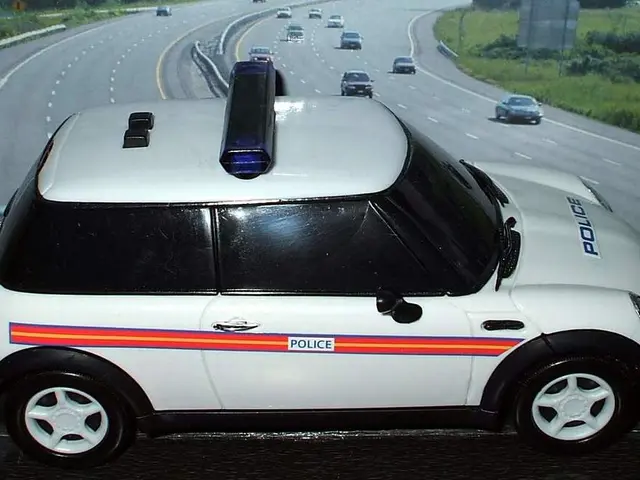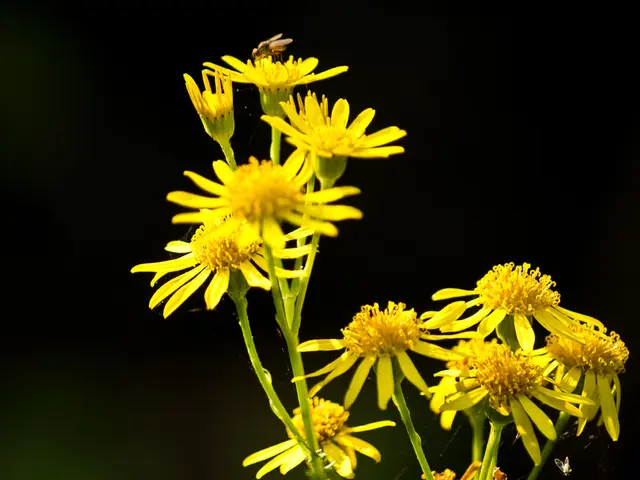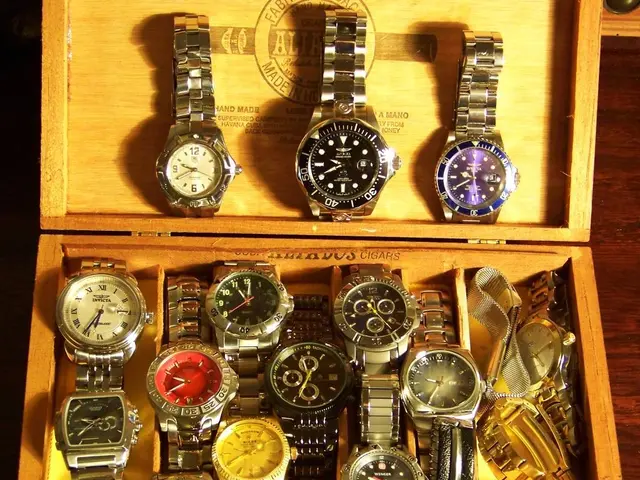Mastering Quilting Jargon: Essential Terms for Every Quilt Maker
Quilting Slang Decoded
This guide is perfect for both seasoned crafters and newcomers to the world of quilting. Get ready to dive into the quirky language of quilting as we unravel the mysteries behind fun phrases and terms you're likely to encounter on your quilting journey.
From understanding what 'appliqué' means to figuring out the difference between 'binding' and 'border', we've got you covered! This comprehensive guide demystifies complex quilting jargon, breaking it down into simple, easy-to-understand explanations. Curious about the terms you'll run into while stitching away? Let's explore our glossary of quilting terms:
Glossary of Quilting Terms
Appliqué: A technique used to create designs on the quilt by sewing fabric pieces onto a background fabric.
Backing: The bottom layer of the quilt, often made from a single piece of fabric or pieced together, and usually less decorative than the top layer.
Bassicating: The process of temporarily holding the quilt top, batting, and backing together as you prepare to quilt them. This can be done with safety pins, a basting spray, or by hand-sewing large stitches.
Battig: The fluffy middle layer inside the quilt that gives it warmth and thickness.
Binding: A strip of fabric that wraps around the edges of the quilt, giving the finished piece a polished look.
Blenders: Fabrics featuring solid colors or subtle prints, used to give a unified look to quilts with stark contrasts in color and pattern.
Border: Decorative strips of fabric used to frame the edges of the quilt.
Cutting Mat: A protective mat used while cutting fabric, often with grid lines to aid in accurate measurements.
Fat Eighth: A specific cut of fabric measuring 56cm by 25cm (in UK metric units) or 19.5 by 22 inches (in US units).
Fat Quarter: A favorite way to buy quilting fabric, measuring approximately 50x56 cm or 19.5 by 22 inches.
Finer Options: UK and US fat quarters differ slightly in their dimensions. UK fat quarters are usually measured in centimeters, while US fat quarters are measured in inches. The difference comes down to the unit of measurement, but the fabrics are essentially the same size.
Feed Dogs: Small metal teeth-like ridges found under the presser foot on sewing machines. They move fabric through the machine as it is being sewn.
Free Motion Quilting: A technique where quilters move the fabric freely under the needle to create beautiful, decorative stitches.
Fusible Web: A type of adhesive used for bonding two pieces of fabric by ironing them together.
In-the-ditch quilting: A method of quilting where stitches are sewn along seams to create an unobtrusive appearance.
Loft: The thickness and density of the batting. Higher loft means a thicker and fluffier middle layer, while lower loft results in a thinner and denser batting.
Patchwork: Form of needlework in which small pieces of fabric are sewn together to create intricate patterns and designs.
Piecing: The art of sewing small pieces of fabric together to create patterns or designs.
Quilt Block: The basic unit of a quilt, often shaped as a square and made up of smaller pieces sewn together to form a pattern.
Quilt Guideline: A transparent acrylic ruler with measurement guides, used for accurately cutting fabric.
Quilt Top: The most decorative layer of the quilt, where all the creativepieces come together to form a beautiful design.
Quilting: The act of sewing the top, batting, and backing layers of the quilt together.
Rotary Cutter: A cutting tool with a round, sharp blade used in conjunction with a cutting mat and ruler for precise cuts.
Sashing: Strips of fabric used to separate and frame quilt blocks, adding definition and structure.
Seam Allowance: The area surrounding the seam between the edge of the fabric and the line of stitching. In quilting, the standard seam allowance is usually 6 millimeters (1/4 inch).
Straight Grain: The orientation of the threads running parallel to the selvedge (finished edge) of the fabric, resulting in less stretch when cut along the grain.
Tacking: The process of making loose stitches to temporarily hold fabric pieces in place prior to permanent sewing.
Wadding: Another name for batting, the fluffy layer sandwiched between the quilt top and backing.
Walking Foot: A specialized presser foot for sewing machines designed to evenly feed multiple layers of fabric through the machine.
White on White: Fabric with white print on a white background, creating subtle texture and interest without adding color to the overall design.
Quilt Talk 101
While quilting jargon may initially seem overwhelming, with practice, you'll quickly develop a strong understanding of the terms and techniques. Much like recipes in baking, every quilter starts somewhere, and embracing the learning process is essential. Don't fret if you encounter unfamiliar terms; consider this a fun challenge to enhance your quilting journey!
- To further enrich your quilting lifestyle, expand your knowledge beyond the basics and delve into the world of fashion-and-beauty, exploring unique fabric patterns and colors for your quilt projects.
- After investing in the right tools and materials, don't forget the importance of good food-and-drink to fuel your creative energy during long quilting sessions.
- When you need a break from quilting, consider redesigning your home-and-garden with a quilt-inspired theme, or perhaps create unique quilt-inspired gifts for relationships.
- If you and your pets enjoy cuddling up, embark on a travel adventure and visit championship quilt shows around the world, or even organize a pet-themed quilt contest in your local community. Of course, if pets aren't your cup of tea, perhaps a car show or shopping spree might be more to your liking.




